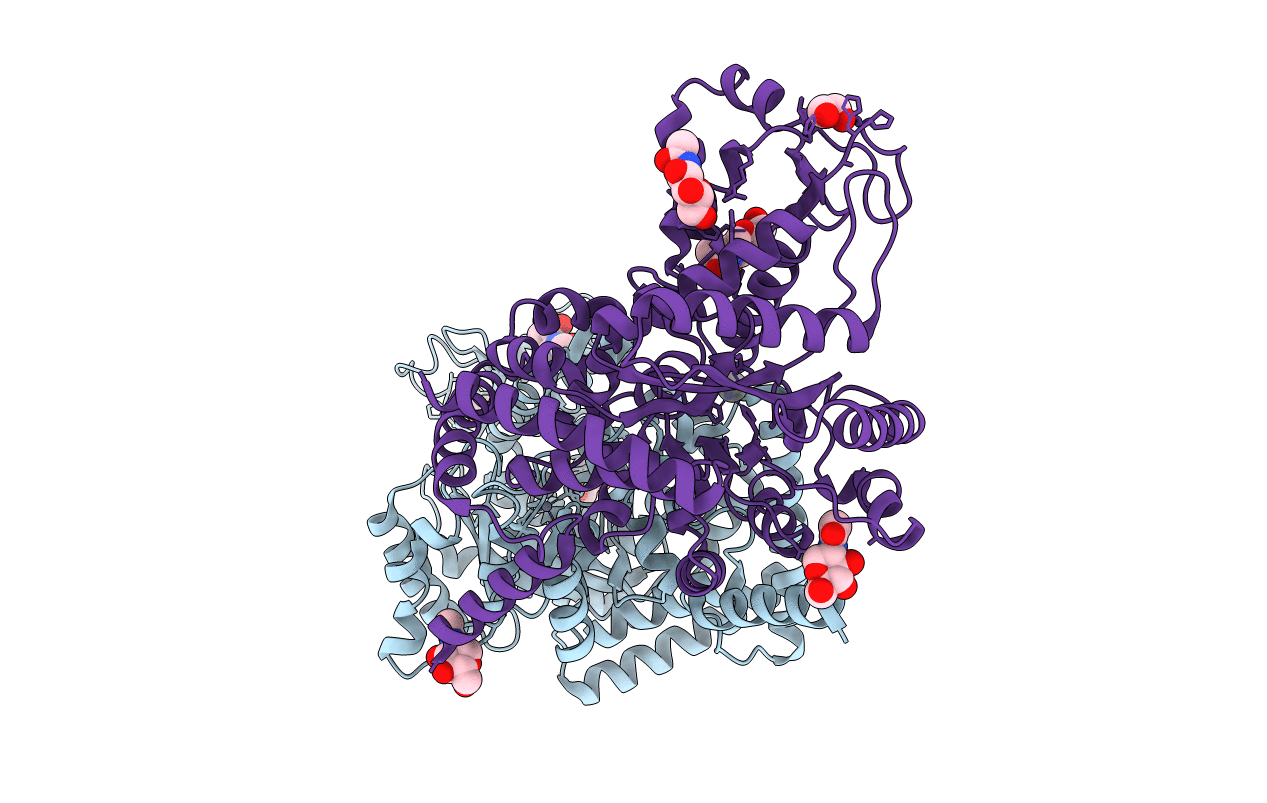
Deposition Date
2010-01-20
Release Date
2010-02-09
Last Version Date
2024-11-20
Entry Detail
PDB ID:
3LGD
Keywords:
Title:
Crystal structure of human adenosine deaminase growth factor, adenosine deaminase type 2 (ADA2)
Biological Source:
Source Organism:
Homo sapiens (Taxon ID: 9606)
Host Organism:
Method Details:
Experimental Method:
Resolution:
2.00 Å
R-Value Free:
0.23
R-Value Work:
0.18
R-Value Observed:
0.18
Space Group:
P 1


